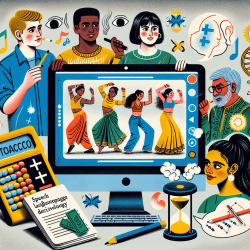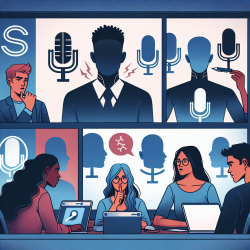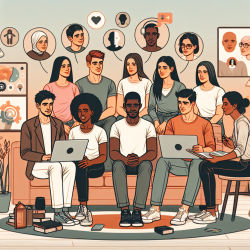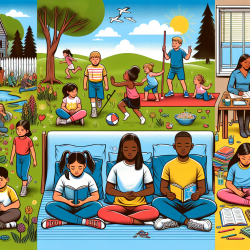Introduction
The influence of media on adolescent behavior is a well-documented phenomenon. A recent study titled "Tobacco use in Bollywood movies, tobacco promotional activities and their association with tobacco use among Indian adolescents" provides critical insights into how exposure to tobacco use in Bollywood movies correlates with increased tobacco use among Indian adolescents. As practitioners dedicated to creating great outcomes for children, it is imperative to understand these findings and consider their implications for our work.
Key Findings from the Research
The study surveyed 3,956 adolescents from New Delhi schools, assessing their exposure to tobacco use in Bollywood movies and their receptivity to tobacco promotions. Key findings include:
- Adolescents exposed to high levels of tobacco use in movies were 2.3 times more likely to have ever used tobacco compared to those with low exposure.
- Receptivity to tobacco promotions (e.g., owning or being willing to wear tobacco-branded merchandise) was associated with a two-fold increase in the likelihood of ever using tobacco.
- The prevalence of ever tobacco use was 5.3%, with higher rates among boys (6.2%) compared to girls (4.3%).
Implications for Practitioners
Understanding these findings can help practitioners in several ways:
1. Tailored Interventions
Given the strong association between media exposure and tobacco use, practitioners can develop tailored interventions that specifically address the influence of media. For instance, media literacy programs can be integrated into therapy sessions to help adolescents critically analyze the content they consume.
2. Parental Involvement
The study highlights the role of family influences on adolescent tobacco use. Practitioners can encourage parental involvement by educating parents about the impact of media and providing them with tools to discuss these issues with their children.
3. Collaboration with Schools
Schools play a crucial role in shaping adolescent behavior. Practitioners can collaborate with schools to implement comprehensive health education programs that include components on media literacy and the risks associated with tobacco use.
Encouraging Further Research
While the study provides valuable insights, it also underscores the need for further research. Practitioners can contribute to this effort by:
- Conducting longitudinal studies to assess the long-term impact of media exposure on adolescent behavior.
- Exploring the effectiveness of different intervention strategies in reducing media-induced tobacco use.
- Investigating the role of other forms of media, such as social media, in influencing adolescent behavior.
Conclusion
The research on Bollywood's influence on adolescent tobacco use offers critical insights that can help practitioners improve their skills and develop more effective interventions. By leveraging these findings and encouraging further research, we can make data-driven decisions that lead to better health outcomes for children.
To read the original research paper, please follow this link: Tobacco use in Bollywood movies, tobacco promotional activities and their association with tobacco use among Indian adolescents.










